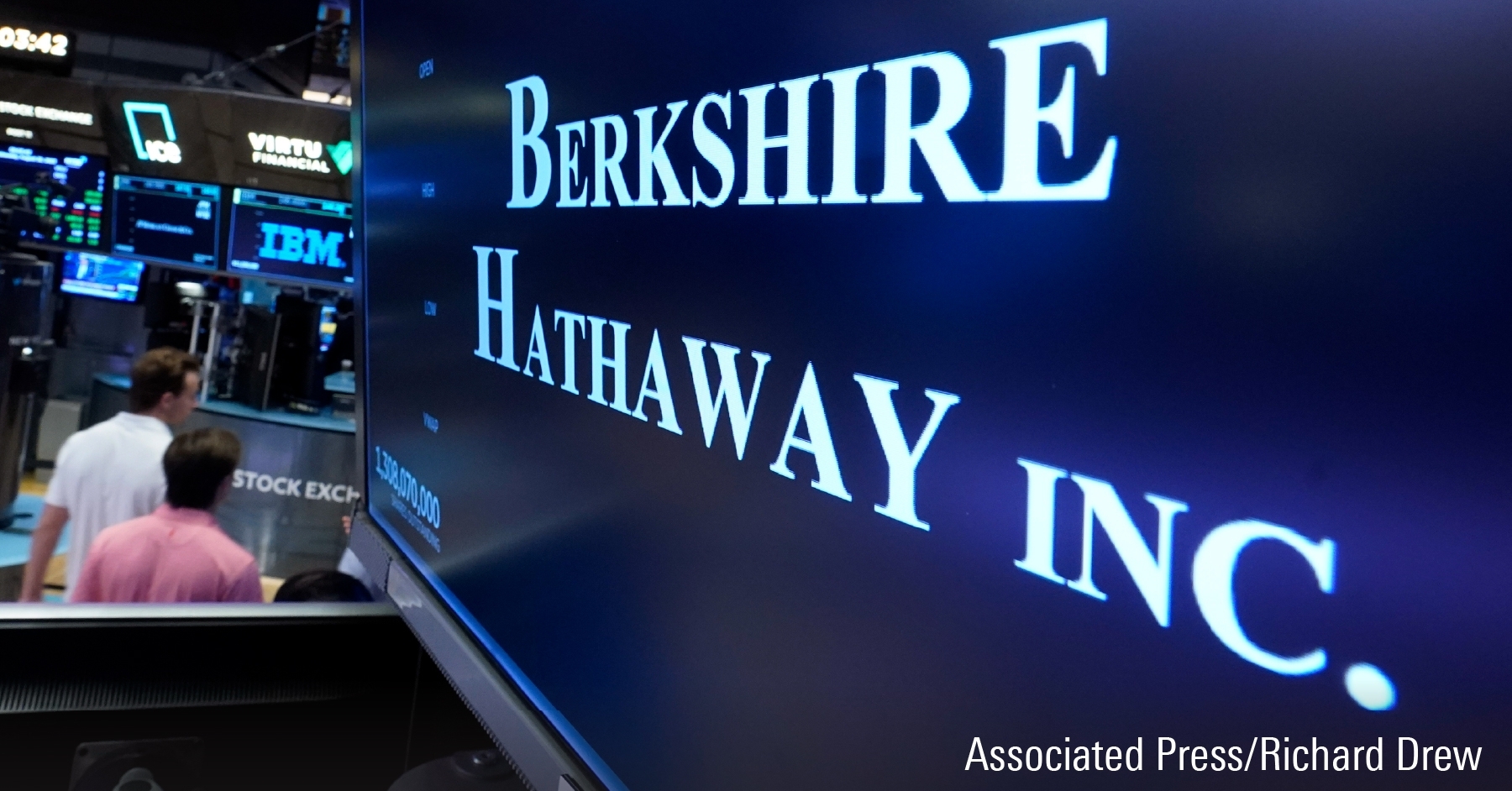Nvidia reported third-quarter results slightly below our expectations, while guidance was considerably lower due to excess GPU channel inventory following the cryptocurrency boom earlier in the year. We have been anticipating such a fallout to negatively impact the firm’s gaming segment. Management’s forward guidance includes very little shipment of its midrange GPUs in an attempt to allow channel inventory to normalize by the end of the fourth-quarter. Beyond gaming, Nvidia’s data center, automotive, and professional visualization segments exhibited double-digit growth. Shares fell 17% during after-hours trading, due to the gaming-related weakness, though they remain above our unchanged fair value estimate of $120 per share. We reiterate our view that the narrow-moat firm’s outsize market opportunities in artificial intelligence and autonomous driving will not be dominated solely by Nvidia, contrary to the narrative spun by the GPU-leader.
Third-quarter sales increased 21% year over year and 2% sequentially to $3.2 billion. Gaming sales fell 2% sequentially to $1.8 billion, as a seasonal decline in chips for the Nintendo Switch also served as a headwind. Data center revenue was $792 million, up 58% year over year and 4% sequentially, due to strong demand from hyperscale cloud vendors for Nvidia’s Volta GPUs. Every major hyperscale vendor utilizes Nvidia’s GPUs to accelerate the training of AI workloads, while Nvidia’s new Turing T4 cloud GPUs support the inferencing portion of AI (deploying the algorithm in the real world). Baked into our valuation assumptions is that Nvidia will continue to dominate training workloads, given the strong parallelism characteristics of GPUs that enable more efficient training on immense data sets. However, inferencing will be a larger and more fragmented market, in our view, that will feature solutions from the likes of Intel and Xilinx as well as cloud vendors themselves (that is, Google’s TPU).
Gross margins were 60.4% for the quarter, down 290 basis points sequentially due to lower cryptocurrency-related sales. Management expects third-quarter revenue to be at a midpoint of $2.7 billion, plus or minus 2%, which implies declines of 7% year over year and 15% sequentially.
For further insight into our views on the AI and AD prospects for chipmakers, please see our Technology Observers “Accelerator: Rise of the Machine (and Deep) Learning Phenomenon” and “Automotive Chipmakers in the Fast Lane – Destination: High Speed Growth.”























